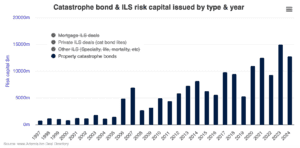WorkSafe Victoria stops $37 million workers' comp fraud

WorkSafe Victoria stops $37 million workers’ comp fraud
5 September 2022
WorkSafe Victoria says its investigations have stopped nearly $37 million of Victoria’s workers’ compensation scheme funds from falling into the hands of fraudulent claimants in the past four years.
It says investigators prevented 23 fraudulent claims in the 2021/22 financial year, projected to have lifetime payments of $19.47 million.
WorkSafe Director Investigations Peter Collins says improved technology and data matching programs greatly aided investigators in identifying and exposing suspicious activity.
“Tools for detecting workers compensation fraud are becoming increasingly sophisticated, making it easier to identify suspect patterns of behaviour and claim types,” Mr Collins said.
“Anyone attempting this kind of fraud should know that WorkSafe has developed and deployed new techniques, meaning we will find you, we will catch you and we won’t hesitate to prosecute you.”
WorkSafe says its data analysis helped link a claim from a 65-year-old man to a previous fraudulent work injury claim lodged in NSW. The man was extradited to NSW and sentenced to more than four years in prison.
The statutory authority has completed 65 successful fraud prosecutions since July 1 2018, resulting in more than $1.65 million restored and repaid.
It says the majority of cases were for offenders who were found to be earning income while claiming compensation.
WorkSafe Executive Director Insurance Business Unit Roger Arnold credited the work of investigators, saying their work has helped return funds to injured workers who needed support.
“WorkSafe is here to provide for the lost wages and medical expenses of people who are injured at work and those who defraud the scheme are taking resources intended for some of the most vulnerable people in our community.”



